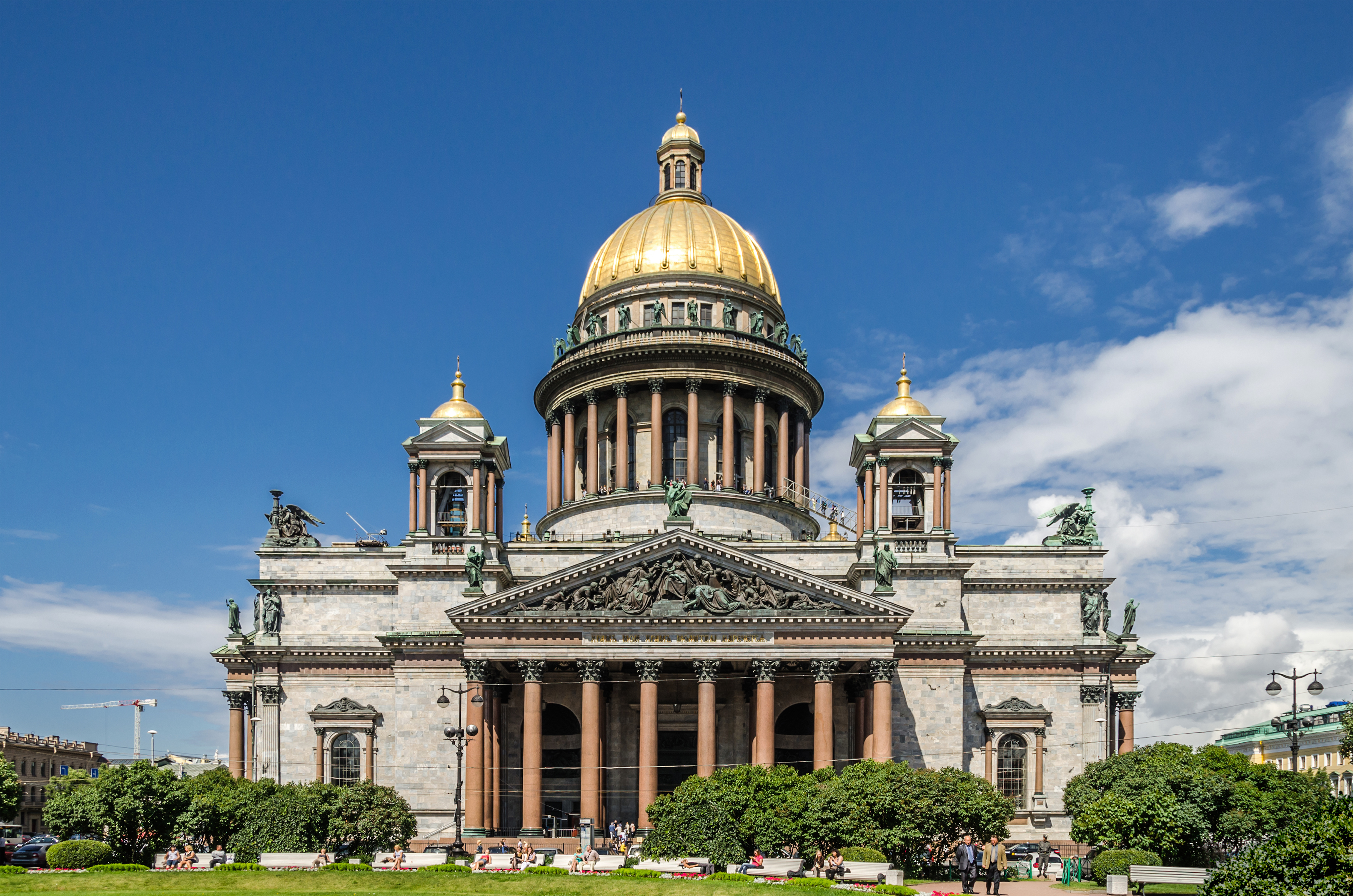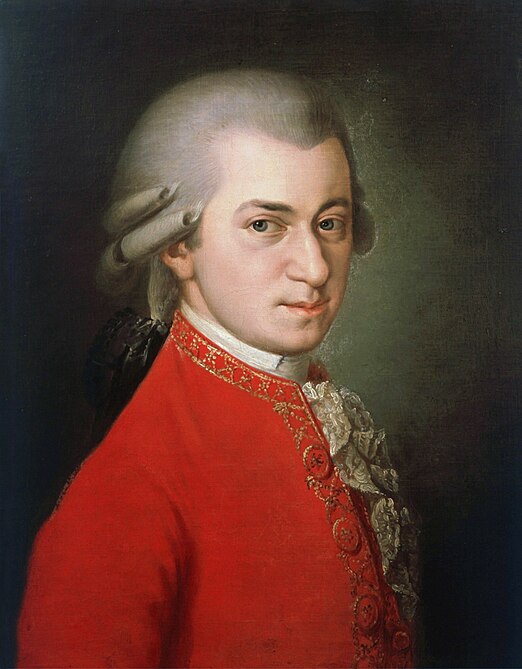 The Classical Period in music goes from around 1730 to 1820 approximately. In the rest of the arts, this period is known as 'Neoclassicism', and is characterized by the imitation of models from the classical period of Greek and Roman art and architecture.
The Classical Period in music goes from around 1730 to 1820 approximately. In the rest of the arts, this period is known as 'Neoclassicism', and is characterized by the imitation of models from the classical period of Greek and Roman art and architecture.
In music, like in the rest of the arts, the aesthetics follows the models of the classical culture. These models are based on balance and harmony, and music is going to express these ideas in many aspects (instrumentation, textures, musical forms, dynamics...).
 The approach of Classicism entails a difference with the exuberance and contrast typical of Baroque music.
The approach of Classicism entails a difference with the exuberance and contrast typical of Baroque music.
The 18th century is known as the Age of Enlightenment, where rational thinking and the development of science are going to be essential. Culturally, the bourgeoisie is going to become very important; this will lead to the French Revolution and the fall of absolute monarchies.
 Music will leave church and palace circles, getting closer to bourgeois circles like private houses, halls and public concerts. Many composers will become liberal artists, not depending on monarchies or church, and making a living through the sales of their works.
Music will leave church and palace circles, getting closer to bourgeois circles like private houses, halls and public concerts. Many composers will become liberal artists, not depending on monarchies or church, and making a living through the sales of their works.
The music of this period is characterized for being elegant and pleasant, with formal clarity and melodic simplicity.
Index of the unit:
